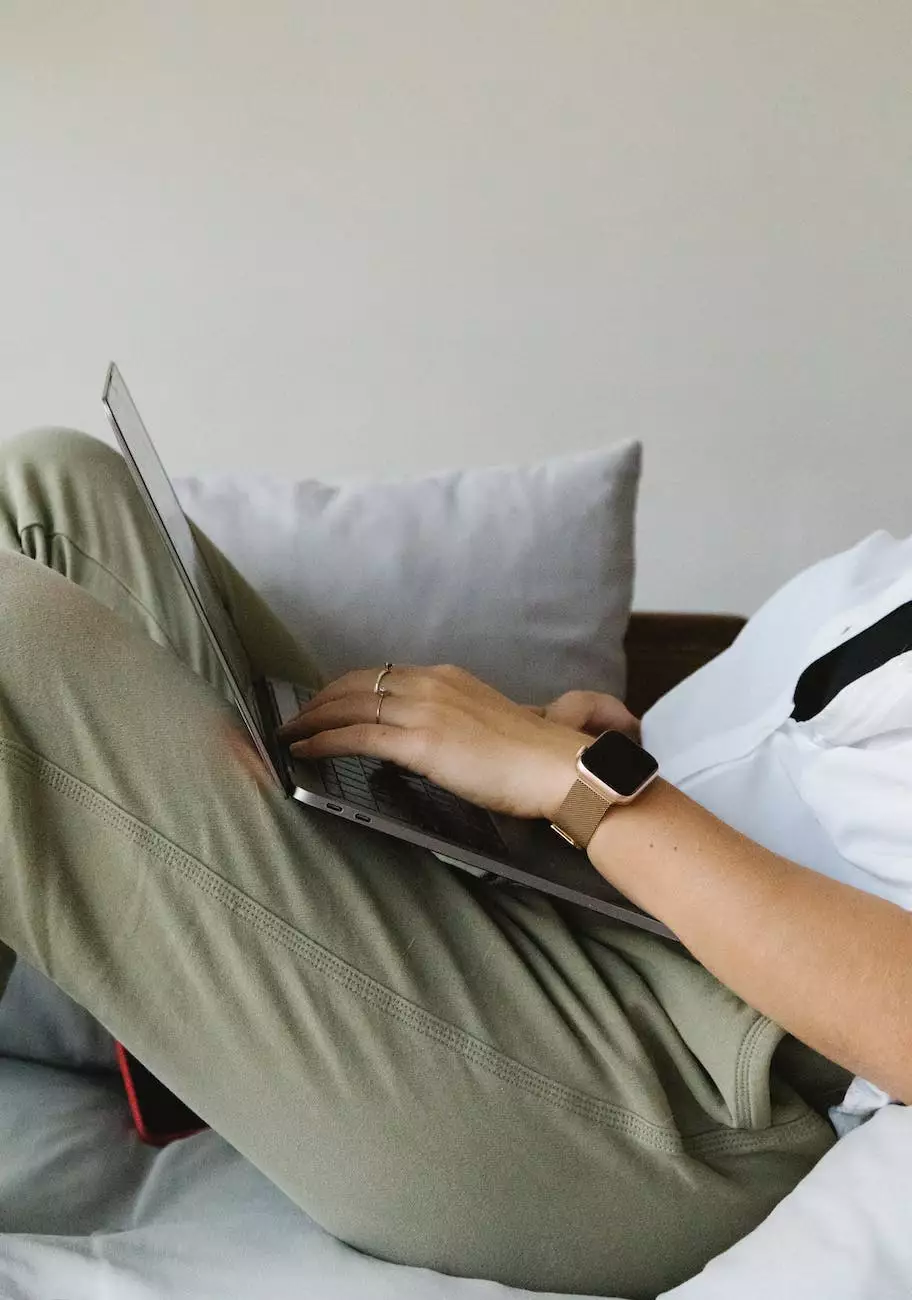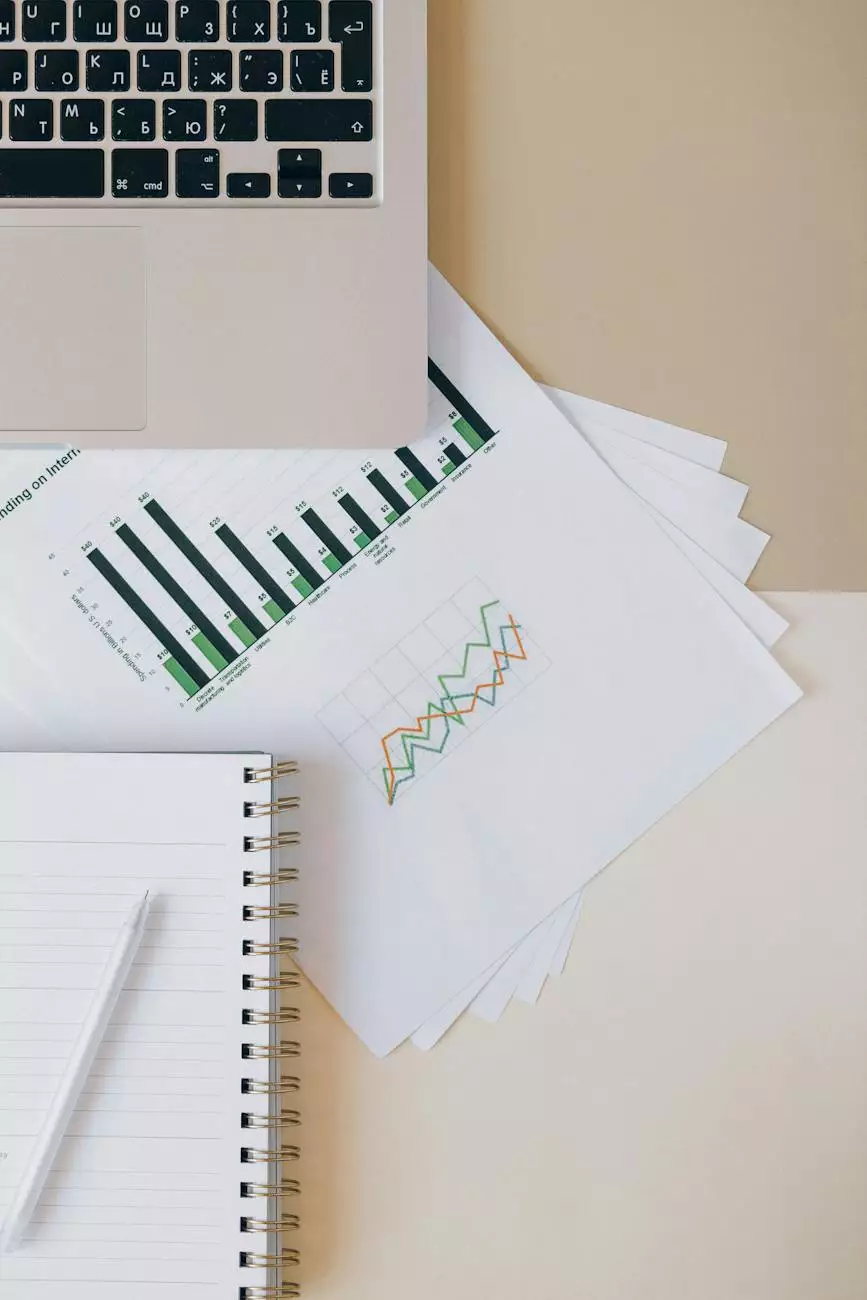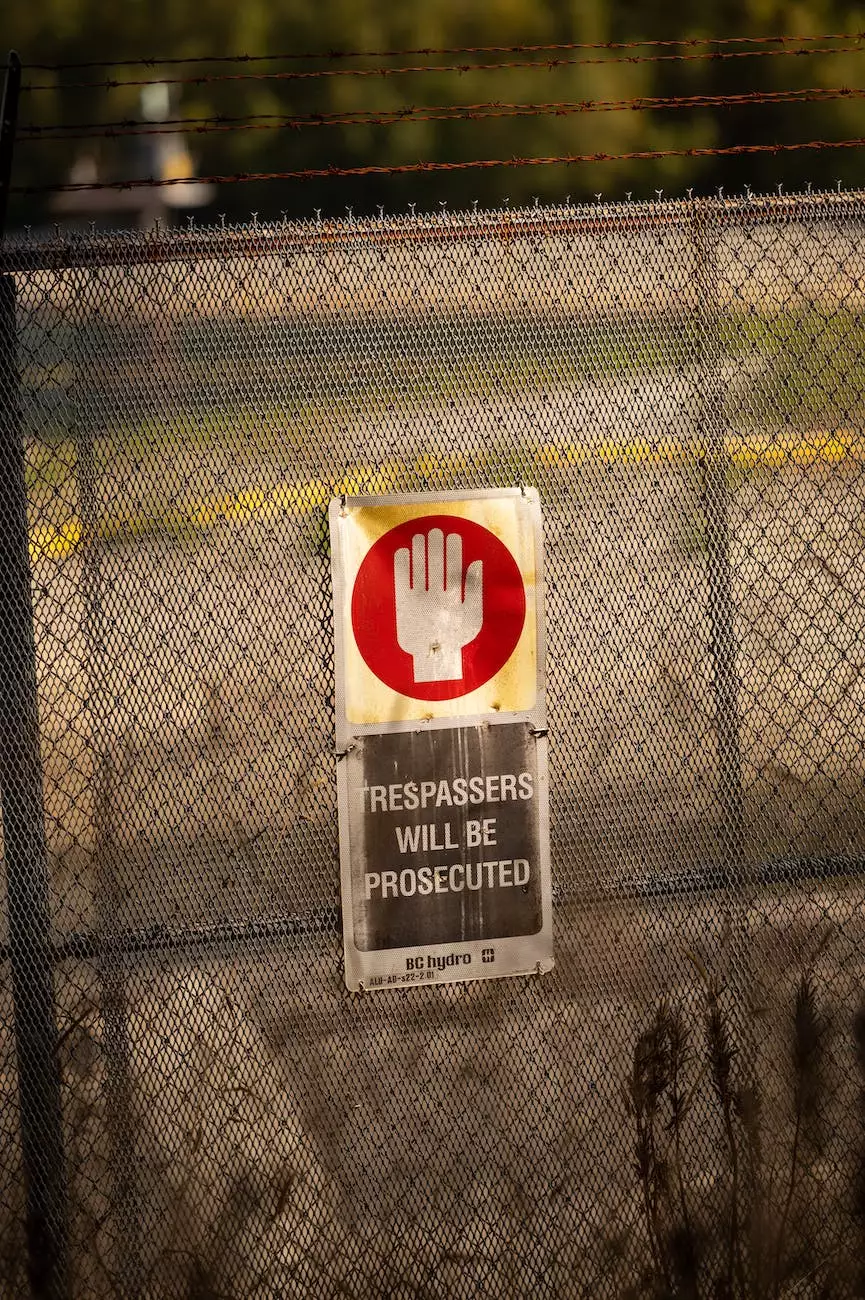What Is a Ghost User?
Blog
In the world of visual arts and design, there is a term that has gained significant attention lately - "Ghost Users". But what exactly does this mean and how does it affect artists and designers? In this comprehensive guide, Genevish Graphics aims to shed light on this concept and provide insights, tips, and solutions for dealing with ghost users in the creative industry.
The Definition of Ghost Users
Ghost users refer to individuals who interact with an artist's or designer's work without leaving any trace or evidence of their presence. These users might view, download, share, or use the artwork, but they do not engage with the creators directly or provide any feedback, appreciation, or credit. This lack of acknowledgment from ghost users can be frustrating and demotivating for artists and designers who rely on recognition and feedback to grow and thrive in their respective fields.
The Impact of Ghost Users
Ghost users can have both positive and negative effects on artists and designers. On one hand, the widespread sharing and use of their work by ghost users can lead to increased exposure and visibility. However, this exposure might not necessarily translate into tangible benefits such as sales or commissions. Additionally, the lack of recognition from ghost users can create a sense of disillusionment and devalue the efforts put into creating original artwork.
For artists and designers who depend on their craft for financial sustenance, ghost users can pose a significant challenge. Illegal reproductions, unauthorized downloads, and uncredited use of their work can result in lost revenue opportunities and limited control over their creations. The prevalence of ghost users in the digital era further exacerbates these issues, making it essential for creators to consider strategies for tackling this problem.
Dealing with Ghost Users
While completely eliminating ghost users is practically impossible, there are several steps artists and designers can take to mitigate their impact and protect their work.
1. Watermarking and Attribution
One effective method to discourage unauthorized use and to provide artists and designers with credit is through the use of watermarks and proper attribution. By incorporating visible watermarks or signatures into their work and encouraging users to attribute their creations, artists and designers can ensure that their efforts are acknowledged, even in cases of unlicensed use.
2. Educating the Audience
Increasing awareness about the importance of supporting artists and designers directly can help combat the concept of ghost users. By educating the audience about the impact of their actions and advocating for fair compensation for creative work, artists and designers can foster a culture of appreciation and respect.
3. Collaboration and Community Building
Artists and designers can come together and leverage the power of collaboration and community building to protect their interests. By joining forces, sharing knowledge, and collectively addressing the challenges posed by ghost users, creators can develop strategies to safeguard their work and livelihoods.
Conclusion
Ghost users pose a complex and multifaceted challenge for artists and designers in the visual arts and design industry. While their impact can be both positive and negative, it is crucial for creators to be proactive in protecting their work and finding ways to address the issue. Genevish Graphics encourages artists and designers to explore the strategies mentioned above and adapt them to their unique circumstances. By working together and raising awareness about the importance of recognizing and supporting creative contributions, we can pave the way for a more respectful and sustainable creative ecosystem.




